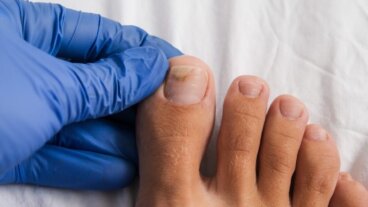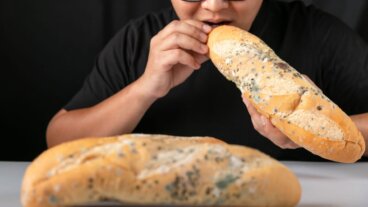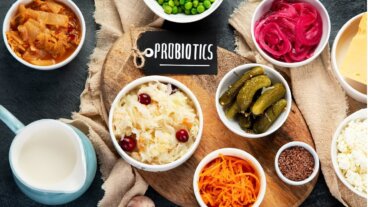What Is the Lipophilic Diet and How to Follow it the Right Way
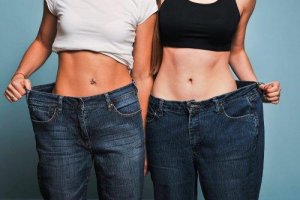

Reviewed and approved by the pedagogue in physical education and nutritionist Elisa Morales Lupayante
Since people are always looking for new ways to lose weight, new options that promise to help you lose pounds are appearing every day. Today, we’re going to talk about the lipophilic diet, which has become quite popular.
This diet promises to help you lose 40 to 60 pounds in about four months. This is an extreme diet you shouldn’t follow indefinitely since it doesn’t allow you to consume foods from certain food groups.
What Is the Lipophilic Diet?
The lipophilic diet is an eating plan based on consuming natural foods while avoiding any processing. It allows fruits and vegetables in small portions.
Packaged foods, whether natural or processed, are completely forbidden. Any foods that contain fats, salt, or artificial sweeteners are also forbidden.
What Is the Goal of the Lipophilic Diet?
The main goal of this diet is to avoid the consumption of processed foods. Most of these foods cause health problems, according to an article published in the journal BMC Public Health. Thus, they can damage several internal organs if consumed in large quantities.
The diet seeks to reverse the negative effects of processed foods by reducing their consumption. However, remember that some diseases aren’t reversible. Some even require lifelong care, so you shouldn’t neglect your medical follow-up when you start this diet.
Take a look at this article: A Weekly Diet to Lower Triglycerides
How to Follow This Diet
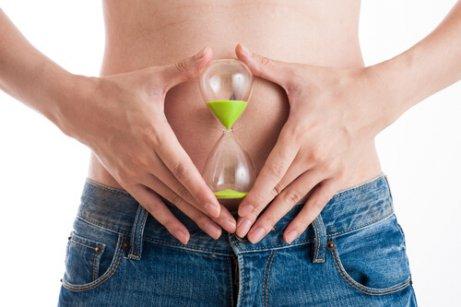
The lipophilic diet has two stages, which we’ll explain below:
Stage 1
In this first stage, you have to adapt to your new lifestyle. It lasts four months and is usually the most complicated and strict stage. During this stage, you have to get used to the new ways to prepare foods and may feel really hungry if you don’t consume the right portions.
In addition, meal times during this stage are very strict and can’t be changed. It’s recommended to eat every 120 minutes to speed up metabolism and help burn fat.
Stage 2
This stage focuses on maintaining the results achieved in the previous stage. In theory, it should last about four months, but some people choose to extend it.
Before making the decision to start this diet, consult your doctor and get the necessary lab tests done to determine if it’s a good idea for your overall health or not.
Discover: Try This Effective Diet to Reduce Bad Cholesterol
Foods to Avoid
As you may have already realized, you have to cut off many foods to follow this diet. Basically, you have to avoid anything that doesn’t come from nature and can’t eat in their unmodified form. However, there are also some natural foods you should avoid, which makes the menu difficult.
- Obvious products to avoid include alcohol, sugar, and vinegars. However, there are also proteins that you should avoid, such as salmon and sausages.
- You should also avoid fruits that are very high in sugars. The most common are bananas, melon, figs and pineapple. As for vegetables, eliminate cucumber, eggplant, cauliflower and carrots from your list.
- Of course, cookies, breads and pasta are also off the menu.
Allowed Foods
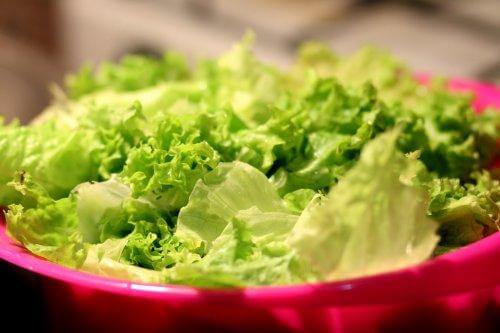
As you can see, the list of foods you can’t eat is very long. However, so is the list of allowed foods. You can consume fat-free red meat, fish, and poultry and make sure to avoid adding any fat when you’re cooking them. You can cook them steamed, baked, or in soups. Other proteins that you can eat are egg whites, skim lactose-free milk, and low-fat yogurt.
In addition, you can eat vegetables with stems and green leaves such as lettuce, celery, and cilantro since they’re the most beneficial due to the fiber they contain.
You can consume any fruit you want as long as it’s not on the list of forbidden foods. Just keep in mind that their excess consumption can affect your blood sugar levels, even if you choose the ones with the least sugar.
Lipofidic diet, not very advisable
Despite promising weight loss in a short period of time, this type of diet can have negative consequences for your health. Reducing processed food intake is positive.
However, restricting fat consumption leads to deficits in the intake of fat-soluble vitamins such as vitamin D. A low intake of this nutrient is associated with an increased risk of complex diseases.
The best option when considering weight loss is to eat a varied diet. There are some effective and safe strategies such as intermittent fasting. However, complete restriction of food groups is usually not a good idea when it comes to health.
All cited sources were thoroughly reviewed by our team to ensure their quality, reliability, currency, and validity. The bibliography of this article was considered reliable and of academic or scientific accuracy.
- Kearns CE., Schmidt LA., Glantz SA., Sugar industry and coronary heart disease research. JAMA Intern Med, 2017.
- Zhao Y., Wang L., Xue H., Wang H., Wang Y., Fast food consumption and its associations with obesity and hypertension among children: results from the baseline data of the childhood obesity study in china mega cities. BMC Public Health, 2017.
This text is provided for informational purposes only and does not replace consultation with a professional. If in doubt, consult your specialist.

